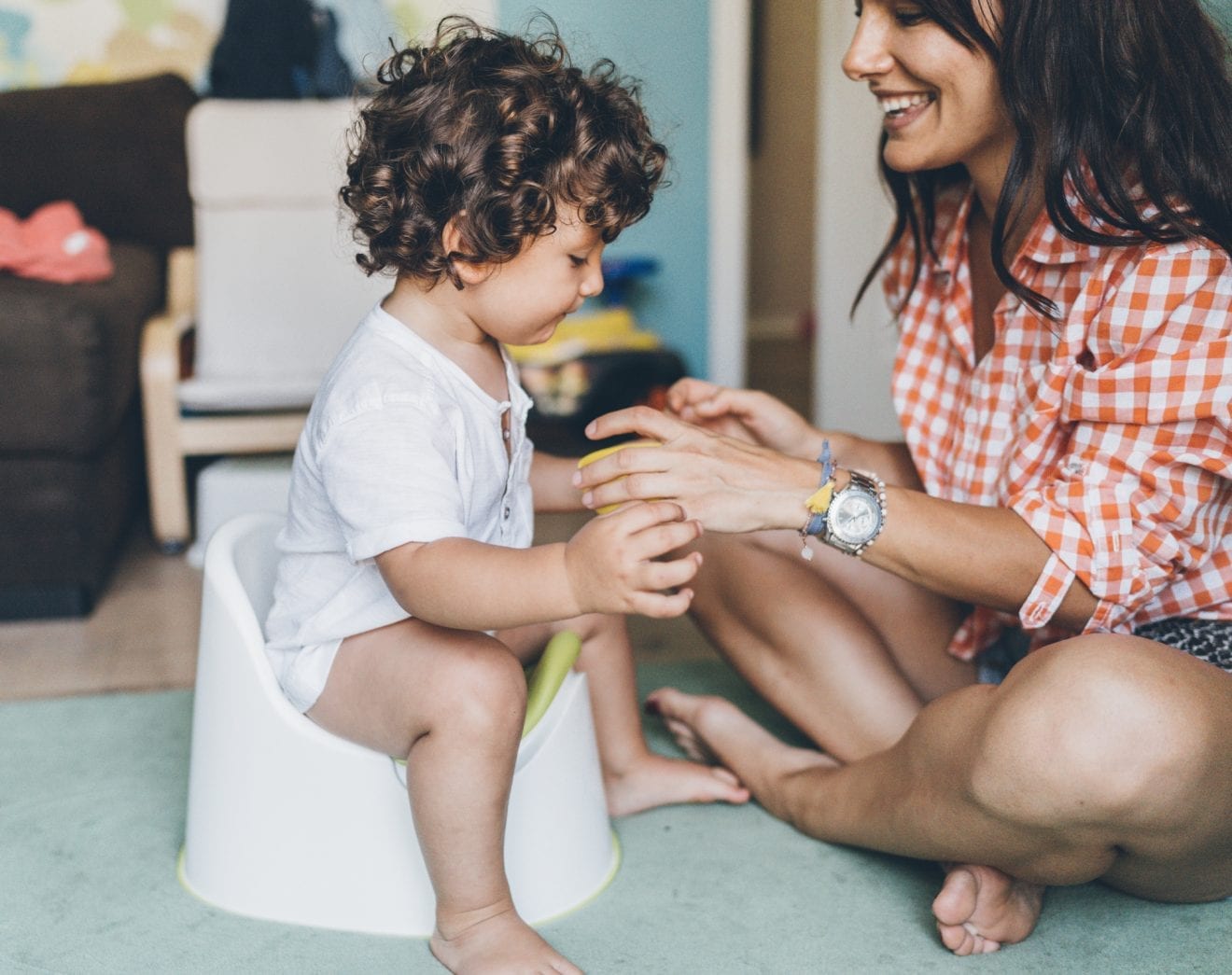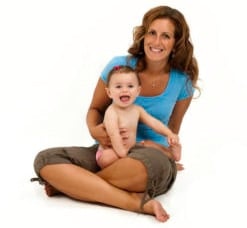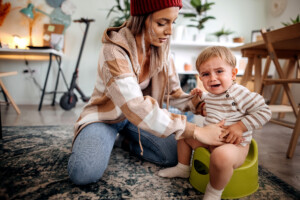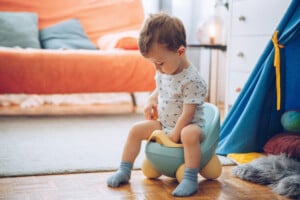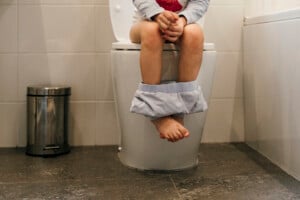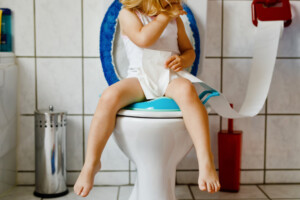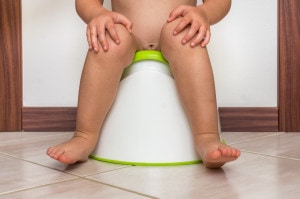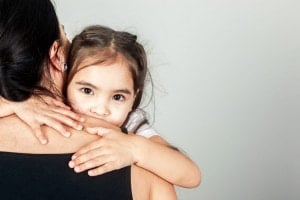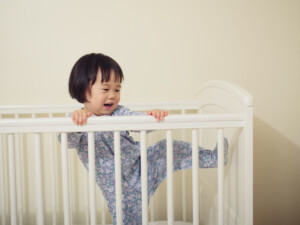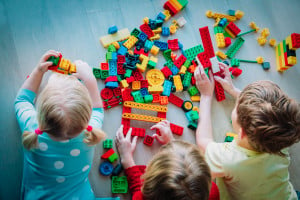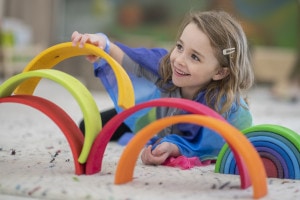As in most areas of early child development, potty training is often ineffective if your child is not ready. This is a circumstance when your toddler is in the driver’s seat. Potty training requires a big commitment on their part. Understanding the readiness signs for potty training will be a big part of your success.
There are two important components to readiness for potty training. The first to consider is your child’s physical readiness, and the second component is their emotional readiness. Both are equally important, and if one of these components is not ready, potty training will likely be a long and frustrating process for both of you.
Physical Readiness Signs for Potty Training
1. Growth, Development, and Anatomy
When considering physical readiness for potty training, it is important to understand your child’s growth and development and a bit of anatomy. A circular sphincter muscle controls the opening of the bladder and the rectum. Babies are not able to control this muscle. The sphincter muscle automatically opens as the bladder or rectum becomes full, and urine or a bowel movement is released.
Every parent knows the need for a diaper change almost immediately after finishing a bottle. This remains an involuntary process in most children until around 18 months. It is usually about timing for babies who pee or poop on the potty before 18 months. In other words, she was probably placed on the potty at precisely the right time because it is unlikely that she is consciously able to hold it.
2. Milestones
Additionally, a few other motor developmental skills make potty training easier. Having the walking milestone mastered is important, not just for having the ability to walk to the potty (of course, you can carry her), but because babies tend to fixate on a milestone they are working on. If they are practicing the skill of walking, it can be overwhelming to try to learn another skill, such as potty training, at the same time. It is best to focus on one landmark milestone at a time.
3. Helpful Skills
It is also helpful if he can pull his pants up and down independently. Most 18-month-old toddlers are starting to develop this skill, an important part of potty training! You can help by ensuring your toddler has elastic waistbands and clothing that is easy to manage. You can also practice this dressing and undressing skill independent of potty training, so there is no added pressure.
Emotional Readiness Signs for Potty Training
Regarding emotional readiness, this is equally, if not more, important! This can also be much harder to recognize. At this age, many additional emotional factors make this very confusing, such as his need for independence, testing limits, wanting your approval, and any fears associated with potty training.
1. Independence
He is at an age where independence is important to him, and mastery of his body falls under this feeling of independence. This can work in your favor or against you. If your toddler is ready and comfortable on the potty, she may feel empowered by using the potty. But if she is not emotionally ready, she may use this desire for independence to run away whenever she feels the urge to pee or poop. She may hide in a corner or behind the sofa and even pee on the floor to exert control. The best way to deal with this is to clean up the mess, downplay it and put off potty training until your toddler is more emotionally mature.
2. Stability
Consider the stability of everything else in your toddler’s life. For example, moving to a new home, having a new baby, or starting at a new school. These things can create stress that leads to resistant behavior, making potty training challenging.
3. Social Awareness
Social awareness is another emotional factor to consider. Does your toddler have an awareness of other children and attempt to do things that they do? This usually becomes apparent around 18 months as well. This is the foundation for his own social identity. He will start to be aware that other children his age are not wearing pull-ups and desire to be like them. When your child is at this stage, potty training is easier.
4. Showing Interest
One way to identify emotional readiness for potty training is to observe your toddler’s response to the concept of potty training. Does he initiate sitting on the potty or run away from it? Does he become excited when you talk about it, or does he cry? His reaction will tell you a lot.
Before embarking on this momentous task, take some time to fully consider your toddler’s physical and emotional readiness signs for potty training. It is a partnership that takes finesse, some rewards, and many paper towels!

